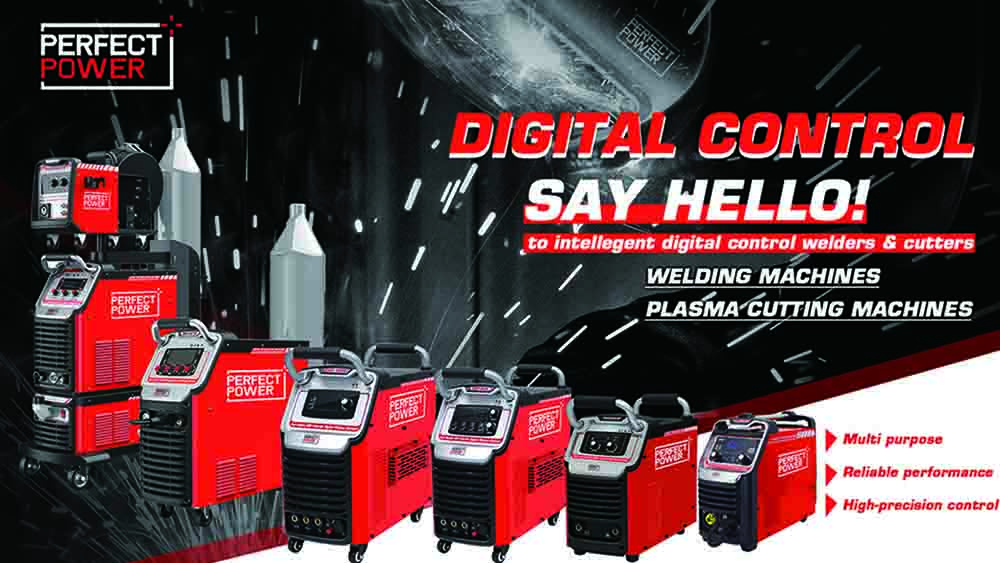Determining that a plasma cutter is the right tool for your needs is an initial decision. However, navigating through the myriad of options available is a distinct challenge. Numerous factors come into play that can influence your choice of brand or system. Even after narrowing down to a specific brand, selecting from its diverse range of options can prove to be a cumbersome task.
We’re admittedly biased when it comes to which brand you should choose so we won’t go there, but we can offer some guidance on choosing an air plasma system. Here are some questions to ask yourself…
1) What type of cutting do I plan to do: handheld, automated (like on a CNC table,) or both?
Many air plasma cutters are capable of doing both which obviously gives you the most versatility, but some are limited to only one type cutting. If you foresee doing both types of cutting, think about how often you’ll switch from one method to the other as switching is easier on some systems than others.
Also, if there is even a remote chance you might do automated cutting in the future, then you will definitely want to select a system that does not use a high-frequency starting circuit. A high-frequency start uses a high voltage spark to start the plasma arc which can interfere with your other hardware (such as CNC) causing it to lock up.
2) What thickness of metal do I need to cut?
Once you know what type of cutting you are going to do, then you should consider the thickness of the material you plan to cut. Most experts recommend the 80 / 20 rule which calls for choosing a system with a recommended cut capacity that matches the material thickness you plan to cut 80 percent of the time.
For example, if you mainly plan to cut 1/2 inch thick metal and only occasionally cut metal that’s a little thicker (say 3/4 of an inch), then you can safely choose a 1/2 inch system.
People often equate cut capacity (or the thickness of metal you can cut) with amperage or output power. The thinking is that the system with the highest amperage will provide the most power and therefore the greatest cut capacity. That isn’t necessarily true. The more important thing to consider is efficiency. In other words, how efficient is the system you’re considering?

3) Where will I use my system: in a garage or shop or out in the field somewhere?
The next factor to consider is the size of your system. If you don’t plan to move around a lot, you can get away with a larger system; however if you plan to move your system around the shop or use it in the field, then you’ll want to take system weight into account. Fortunately, engineering advances mean you can now get a lightweight system without sacrificing power and performance. In addition, some systems come with an integrated air compressor like our CUT-40D AIR Plasma Cutter.
4) What kind of electrical power will I have? Is 220 available or will I only have access to 110? If out in the field, how powerful is my generator?
Though not a hard question to answer, it is important to know how you’ll power your system so you can plan accordingly. For example, if you plan to use a system in your garage at home but only have 110-volt outlets available then you’ll either need to buy a system that can work on a 110 outlet or have a 220-volt outlet installed. If you plan to use your system on a generator, or if the power at your home or shop fluctuates, then you will want to make sure your system is able to compensate for those power fluctuations.
5) How much cutting do I plan to do? What kind of duty cycle (defined as the percentage of time a unit can operate continuously) do I need?
The most reliable systems are engineered with fewer parts, use software instead of hardware when possible, are carefully manufactured to exacting ISO standards, and are thoroughly tested.
Ideally, you will want a centralized fan configuration to bring cool air in through the center of the system, where the most thermally sensitive components are located. This will result in more efficient and consistent cooling and enable a higher, more industrial duty cycle.
And while we are on the topic of duty cycle, buyer beware! There is no set standard. Some companies test their systems in a cooler room so they’ll take longer to overheat, allowing a company to overstate its true duty cycle.
Finally, though not a question, we have two final tips: (1) consider how easy (or not so easy) your new system will be to operate, and (2) take operating costs into account. As one of our customers recently wrote about his friends, “They spent half as much to buy their plasma, but way more than my initial investment on consumables alone.”


